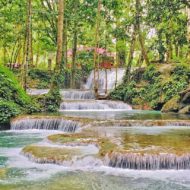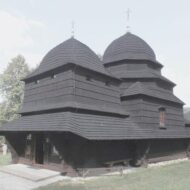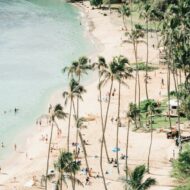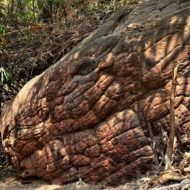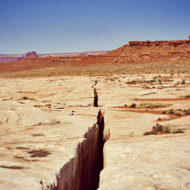Mataiva or Matahiva, old name: Lasarev, is the northwesternmost island of the Tuamotu Archipelago and geographically belongs to the group of Palliser Islands,The Palliser Islands are an archipelago within the Tuamotu Archipelago in French Polynesia.
It was discovered by Fabian von Bellingshausen in 1820,Mataiva has 280 inhabitants The only village of Pahua is in the northwest of Mataiva, on both sides of the non-navigable reef passage , which cuts through the atoll ring for about one kilometer and is less than 60 meters wide at the narrowest point.The inhabitants live mainly from subsistence farming, fishing with fish traps still plays an important role in procuring food.Today Mataiva is a sub-municipality of the Municipality of Rangiroa and politically belongs to French Polynesia.
The tourist infrastructure is poorly developed. There is no hotel, only two private pensions (guest houses) but no? restaurant and no bank.From time to time Mataiva is served by cruise ships.
Access : Coordinates: -14.883333, -148.716667 / Since 1999, Mataiva has had an airfield (ICAO code: NTGV, IATA code: MVT) with a 1,300 meter (3,936 ft.) long runway, which can be reached by Air Tahiti light aircraft in a 1 ½ hour flight from Papeete.
Highlights :
- The most striking feature of Mataiva, however, is the network of ridges, which form a reticulated honeycomb structure consisting of about seventy shallow pools within the lagoon with an average depth of 8 meters. The different depths of these basins and the clear waters give the lagoon a blue and green mosaic look when viewed from above.
- On July 30, 1820, the atoll was discovered for Europe by Fabian Gottlieb von Bellingshausen. He named the island “Lazarev” after Mikhail Petrovich Lazarev, the captain of his frigate Mirniy.
- The island is mentioned under the name “Lazarev” in Jules Verne’s novel 20,000 Leagues Under the Sea.
- In 1980, the Hokulea (Hōkūle’a), a replica of a traditional Polynesian twin-hulled canoe, made a voyage from Hawaii to Tahiti. Captain Nainoa Thompson, of Native Hawaiian descent, navigated without charts or instruments, using only traditional Polynesian methods. The Hokulea reached Mataiva on April 14, 1980 after a journey of 31 days.
- At the beginning of November 1835, Charles Darwin also visited the Mativa Atoll during his world voyage with the Beagle. The knowledge gained here influenced his theory about the formation of the atolls, published in 1842.
- The inhabitants live mainly from subsistence farming, fishing with fish traps still plays an important role in procuring food. Exports are vanilla beans from a small plantation in the interior of the island and a small amount of copra.
Go next : The nearest atolls, Rangiroa , the largest atoll in the Tuamotus / Tikehau , a coral atoll in the Palliser Islands group, part of the Tuamotu Archipelago.





